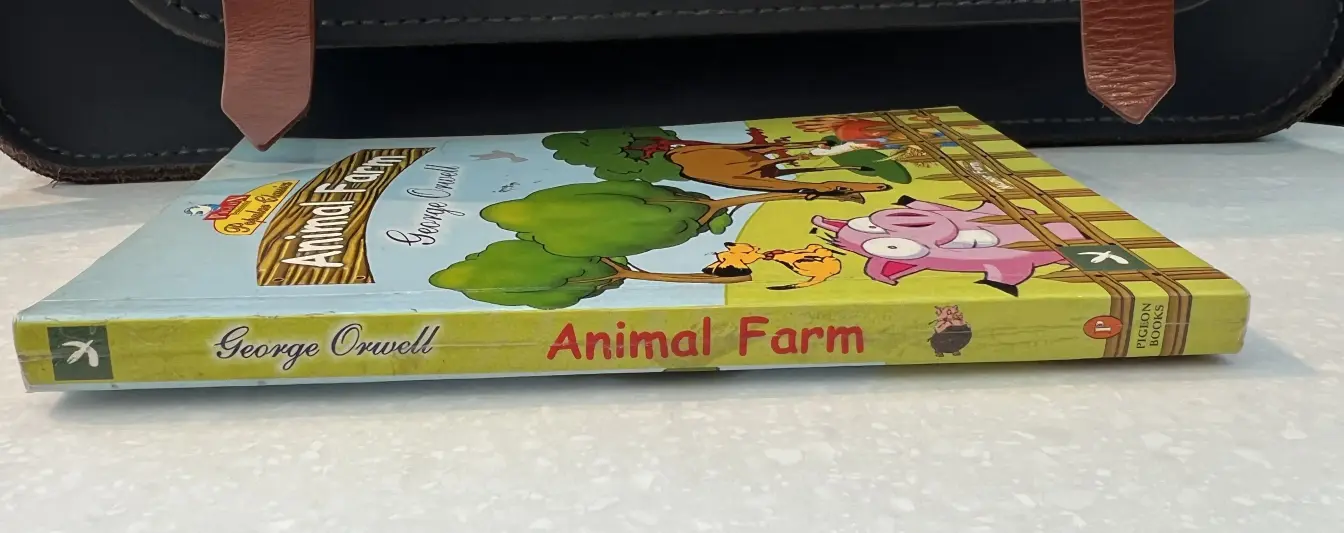The new Reeder has been the biggest change to how I consume feeds since I first started using an RSS client. The fundamental design choice it breaks away from is the unread state. Articles don’t have a state of being read. The paradigm is instead replaced by chronological feeds (timelines) and your position in them.
Flowing through the River
I have over 1500 unread articles on Feedbin, which was the RSS service I was using prior to switching to Reeder. Applying the metaphor of rivers and buckets, I was treating it as a river:
Instead of a bucket list to get through, try thinking of it as a river where attractive options drift by. Rather than feeling pressure to clear out the bucket or tick off all the items, instead, you can choose from the river what interests you in the knowledge that more will always come along.
The purpose was to find and read something interesting in the moment, rather than everything all the time. Marking things unread is an additional burden I didn’t want to take on. I dip in and out. I had collected all the items in a bucket, when I wanted to flow through them.
Reeder’s timelines are a true representation of the river metaphor. You flow scroll through it. Your position is saved and synced. It makes exploring your feed a joy, rather than a chore. You dip in on items that are interesting, swim by the rest, and new items flow into the river.
The transition from unread states to timelines is the salient difference that makes Reeder a refreshing approach to RSS. However, that is not the only thing it enhances from traditional RSS clients.
Unification
The first one is that it unifies multiple feeds (in spirit of Tapestry, which I’m also on the TestFlight for). It makes it easier to subscribe to services that do covertly offer RSS feeds (e.g. GoComics, YouTube) and adapts the view as per the feed kind. It handle Mastodon bots that I’d never consider in a traditional client due managing the read/unread state. Further, it makes it easy to open Mastodon posts in my Mastodon client of choice. It has changed the accounts I follow and how I manage lists on Mastodon.
Tagging
Traditional clients often allow one to create folders and tags to manage the feeds. Reeder has folders, and pre-built categories. I rarely use them unless I want to check a specific feed, and rely on the main Home timeline to go through all the feeds.
Reeder goes further and allows one to tag items from the feed. Feedbin had one tag, Starred, and nothing was customisable. Reeder comes with three tags (Later, Bookmark, Favorites) and lets you create more. This makes sharing and organising items you discover trivial.
Buckets
Scrolling through the timeline, you might discover something you want to read later. There’s the Later tag for it. It makes it trivial to breeze past it and save it for, erm, later. It lets you bucket the drops from the river you do care about and want to get back to.
Sharing
Tags are shareable, i.e., the items you’ve tagged can be shared as a public URL and a feed. This is a brilliant idea. My guess is that the planned feature Notes for items → Shared Feeds could make it trivial to start a linkblog. For now, I’m following the paradigm of Bookmarks being private and Favorites being public. This also prompted me to finally put up a /feeds page.
Pedantry
The app is great, but with new paradigms come new problems and trade-offs. These are likely solvable with future updates, and aren’t deal breakers for me in any way. These app has far exceeded my expectations in how much I’d use it.
Newsletters
The biggest feature I miss directly supported in the client is newsletter support, which Feedbin did by offering a custom email. I haven’t tried mimicking the behaviour with Kill the Newsletter! yet as I wasn’t subscribed to a lot of them anyhow, and I am still figuring out how Feedbin and Reeder fit in together.
Consistency versus Speed
One other trade-off that is a result of the timeline model is that the new items are inserted in the timeline when the refresh completes. Feedbin for example would refresh and add any items as soon as it fetches them, given the ordering needs to be eventually consistent. With Reeder, it waits until all your feeds are updates, and inserts the fetches items at the top for you to scroll through. It, right, trades-off speed for consistency. From its FAQs:
The new Reeder waits until the refresh is fully complete before displaying new items. This prevents your scroll position from jumping ahead if you scroll while older items are still being fetched.
The diagnostics tool added shows it’s often the brilliant accounts I’m following on botsin.space that make the refresh feel slower. Maybe there is a way to give up a bit of ordering consistency to make the first refresh restricted to a smaller period and then do a refresh that can take up to a minute.
Categories
I like that it creates default categories based on the kind of feed is added, but I rarely dip into them. I rely on Home and Saved section for most part. A single collapsible Categories super-section or an option to hide the sections would be ideal.
Favo(u)rites
Wish the tag was localised to my system language by default, English (UK). The tag says Favorites but I’ve renamed the feed to say Favourites.
Reever
Reeder quickly found its way to my Home Screen and seems likely to stay there. It is fluid, useful, and joyous. It is a river I enjoy swimming in, rather than a bucket I drown in.

